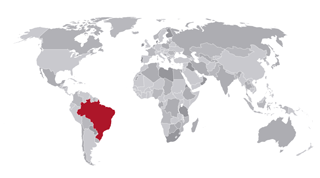Left Behind or Left Ahead? Implications of Male Migration on Female Political Engagement in India
2023-2024How does internal male migration, which impacts millions of households across the Global South, shape political engagement among women in sending communities? I examine this understudied issue in India, home to over 100 million internal migrants. Empirically, I combine extensive fieldwork in India —including in-depth interviews and data from a primary survey – with observational data from a nationally representative panel of 24,000 women, to identify the impact of migration on female political engagement. I highlight the temporary male absence created by internal migration in countries like India, which is often circular in nature. Using these varied forms of data, I demonstrate that although migration driven temporary male absence does not lead to deep structural transformations in migrant households, it can still afford meaningful opportunities for improved female political engagement across a range of quotidian measures of participation. These improvements happen alongside complementary changes in women’s social and economic position, including their mobility, access to household financial resources, decision-making power, and social status when husbands are away. Finally, I demonstrate that the strict social norms around female presence in the public sphere limit the ability of women to utilize these opportunities. These findings illustrate the important but constrained impact of internal migration on female political engagement.






